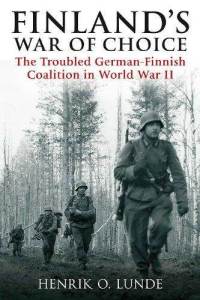With Black History Month just a couple of weeks away "Black Faces of War: A Legacy of Honor From the American Revolution to Today" commemorates the achievements by African Americans in the United States military from the American Revolution to the present. I loved the perfect blend of paintings, photography and prose to tell this story. The book includes contributions from prominent historian Hal Chase, W. Stephen Morris, and Luther H. Smith, one of the celebrated Tuskegee Airmen.
My own education of "The Black Faces of War" began when I was a college history major I visited Fort Davis, Texas and first learned of the Buffalo Soldiers at Fort Davis from 1867-1885. It showed a gap in my education concerning the role of African-American's in the US military.
Author Robert V. Morris' work includes black military heroes such as Crispus Attucks, the first man to die in the Revolutionary War. We learn the story of Lieutenant James Reese Europe. He brought jazz music to Europe in 1918. Lieutenant Charity Adams, commander of the only all-black Women's Army Corps unit during World War II narrative is told. The book also includes General Colin Powell, who served with merit in Vietnam. He became the first African-American Chairman of the Joint Chiefs of Staff during the Gulf War. He also retired a four-star general before becoming the first African-American Secretary of State.
This is a must addition to any military historian’s library as well as community library. The history of African-Americans in the US military is a too often neglected history. It is necessary that not only African-Americans, but also all Americans know of the import contributions made throughout history.

















